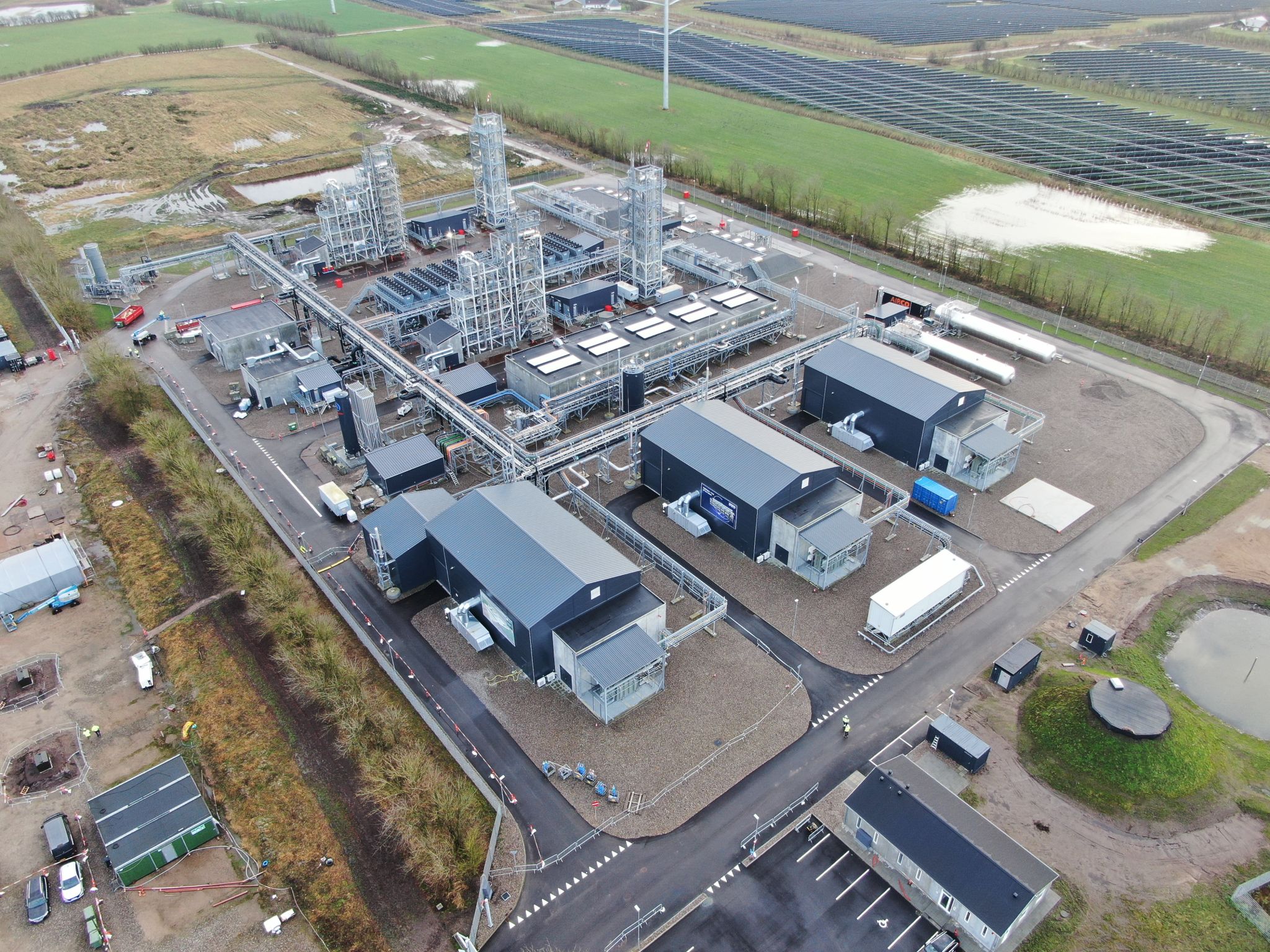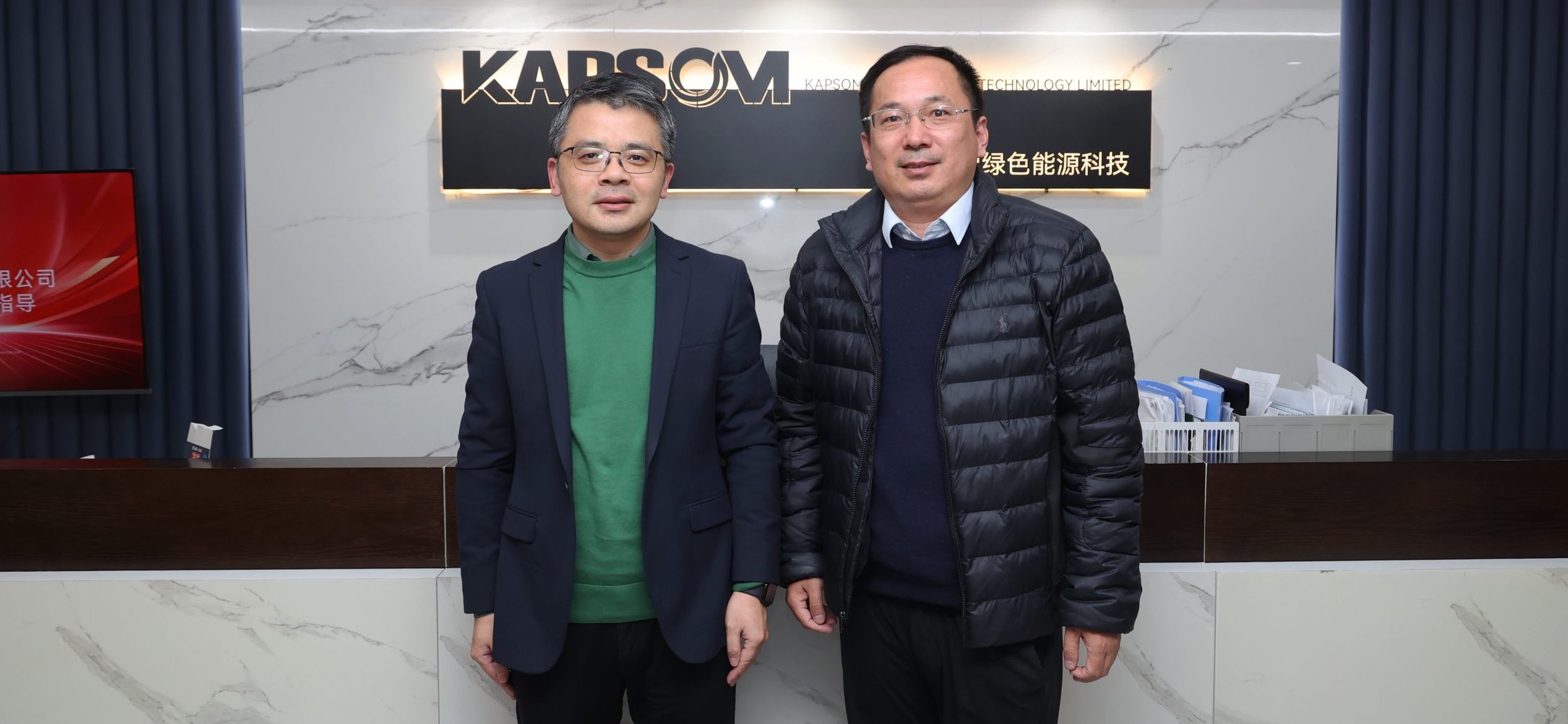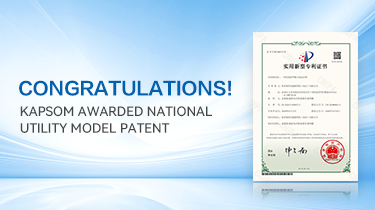On November 7, 2023, at the recommendation of the China-Baltic Business and Industry Association, Simonas, the head of the NEG New Energy Project, and his team visited KAPSOM. During this visit, the two parties discussed the possibility of implementing green ammonia and green methanol projects on the Baltic Sea coast around the topic of Power-to-X solutions.
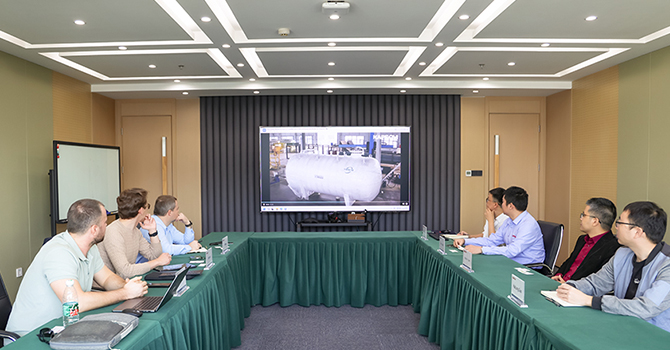
The Baltic Sea: Frontline of European Energy Security
Since the comprehensive escalation of the Ukraine crisis, the European Union has followed the United States in implementing sanctions or price controls on Russian natural gas and petroleum products, triggering evident ripple effects: energy supply tensions in multiple European countries, exacerbated inflation, and impacts on citizens’ well-being. Meanwhile, the United States has been exporting high-priced natural gas to Europe, rapidly gaining dominance in the European market with shale gas. Europe now faces new challenges to its energy autonomy and even its carbon neutrality goals. The pursuit of alternative energy sources and the expeditious advancement of the transition to clean energy represent one of the most feasible approaches for Europe to alleviate its energy crisis and achieve energy independence.
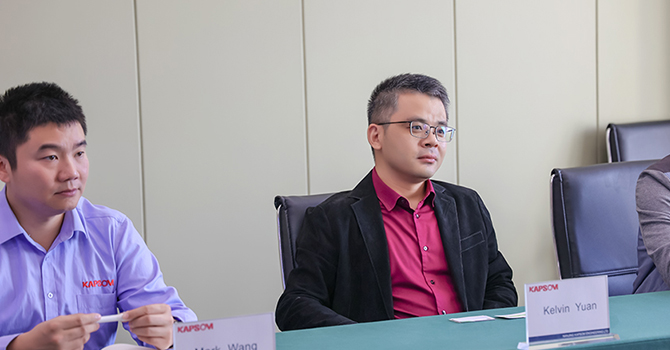
As early as August 2022, the eight countries bordering the Baltic Sea had already signed the “Marineburg Declaration”, aimed at rapidly expanding offshore wind power capacity. Their ambition is to increase the offshore wind power installed capacity in the Baltic Sea region to 19.6 GW by 2030, and 93 GW by 2050. This initiative seeks to harness wind energy to break free from the constraints of fossil fuels and achieve climate neutrality.
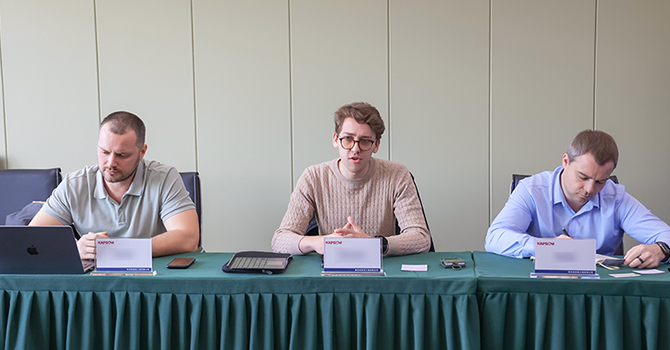
Discussiong Power-to-X Solutions
As new energy installed capacity continues to increase, new energy consumption is also facing new pressure. During the exchange, we learned that the current development of local wind power far exceeds the power grid development plan, and wind power projects are generally far away from load centers. The construction of supporting access systems is large and the investment is high, so its development is lagging behind.
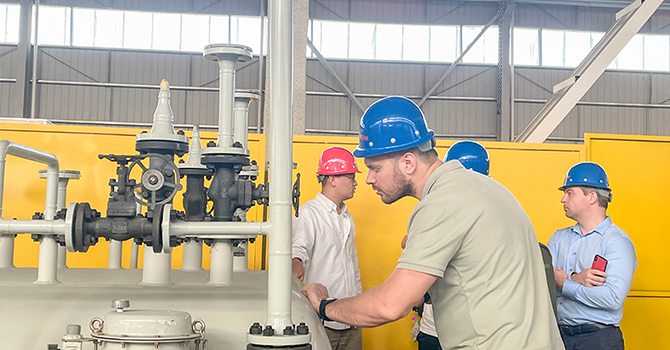
During this visit to KAPSOM, NEG is dedicated to achieving the large-scale integration of renewable energy through Power-to-X technology, producing hydrogen and synthetic fuels from renewable energy sources. In addition to renewable energy integration, the Power-to-X approach offers the potential to replace traditional fossil-based capacities such as coal chemicals. This approach not only reduces fossil fuel consumption and emissions during their utilization but also meets the low-carbon sustainability requirements of the chemical industry. Furthermore, by utilizing the grid for energy transmission instead of traditional material transportation, it enables distributed and on-site chemical production, potentially reducing transportation time and costs to some extent. This, in turn, holds the promise of further reducing end-product prices in the chemical industry.
The world urgently requires a convenient, efficient, and long-term approach to reduce carbon emissions. We firmly believe that the utilization of Power-to-X technology will become a vital component in achieving climate objectives and shaping the future of the power system and energy transformation.

